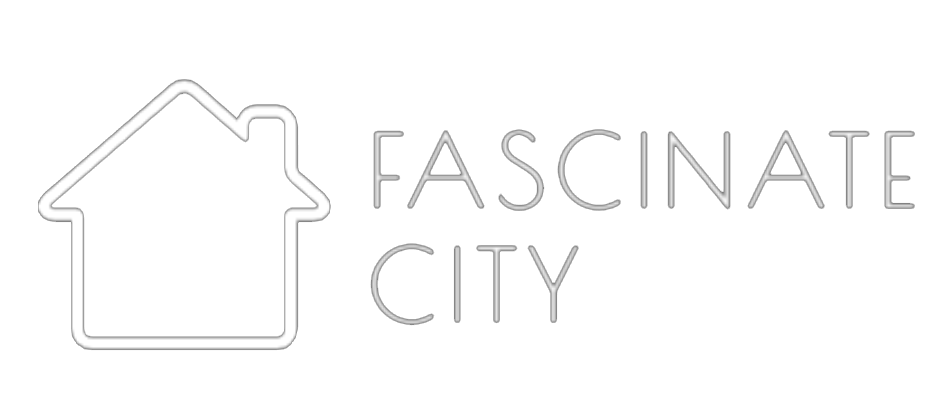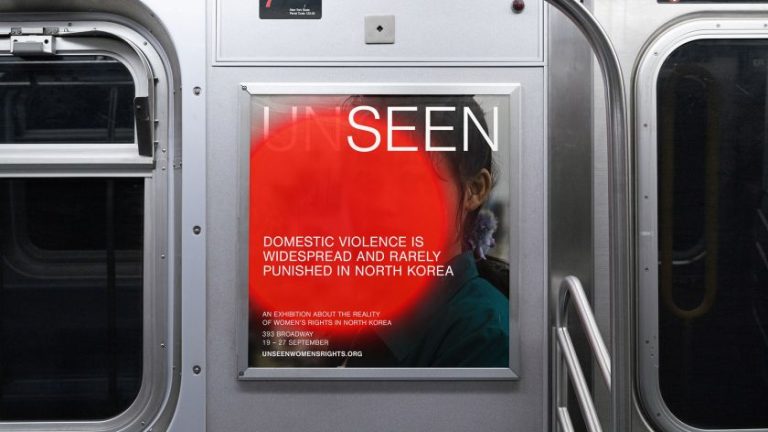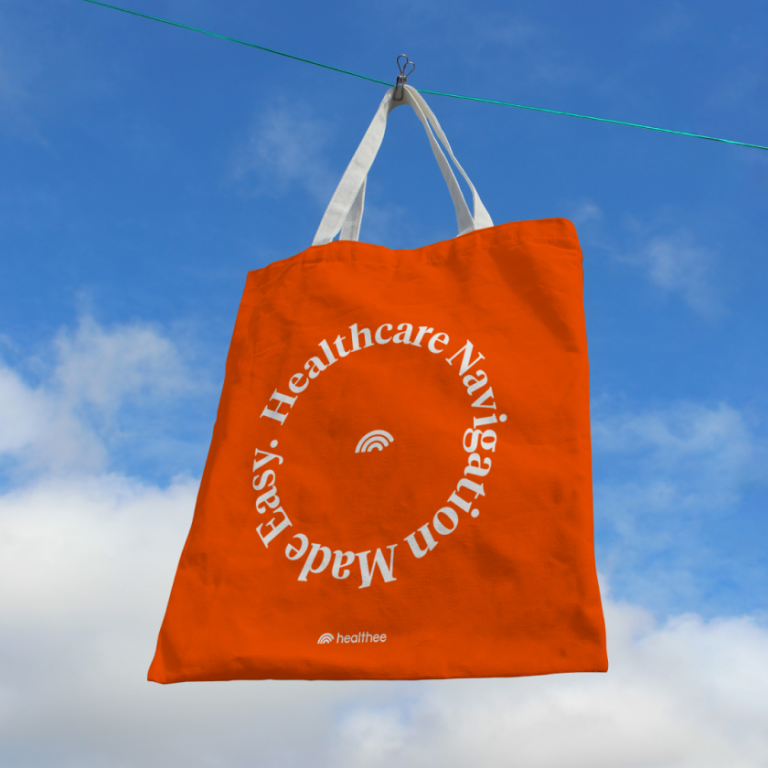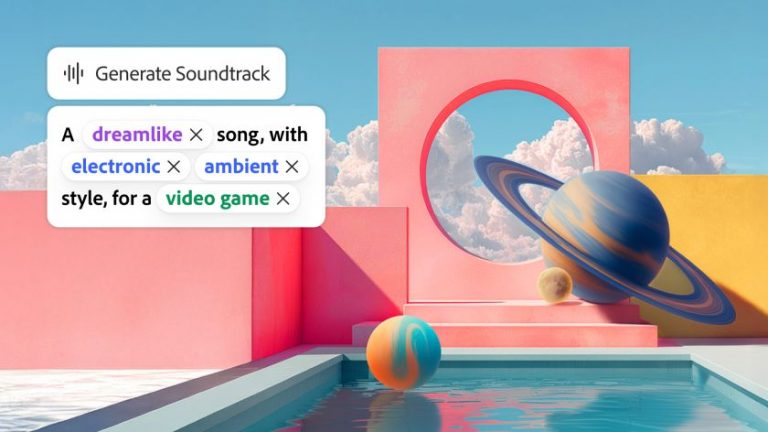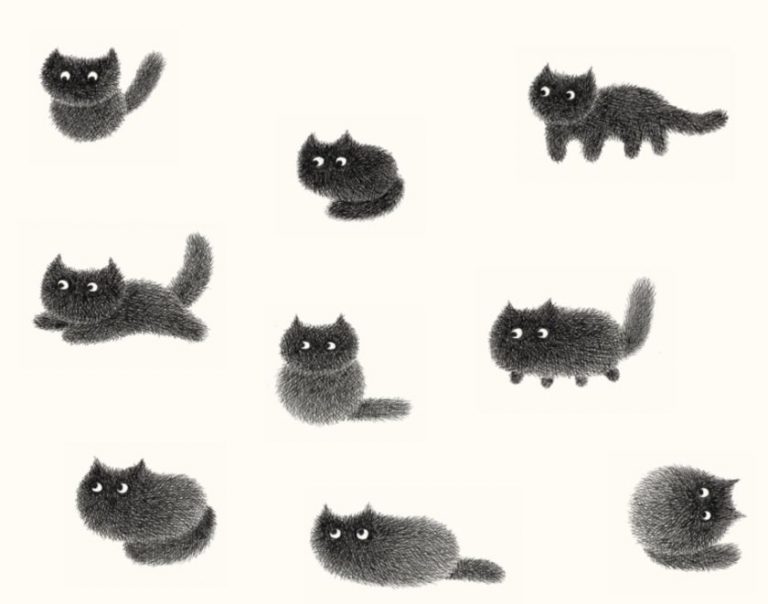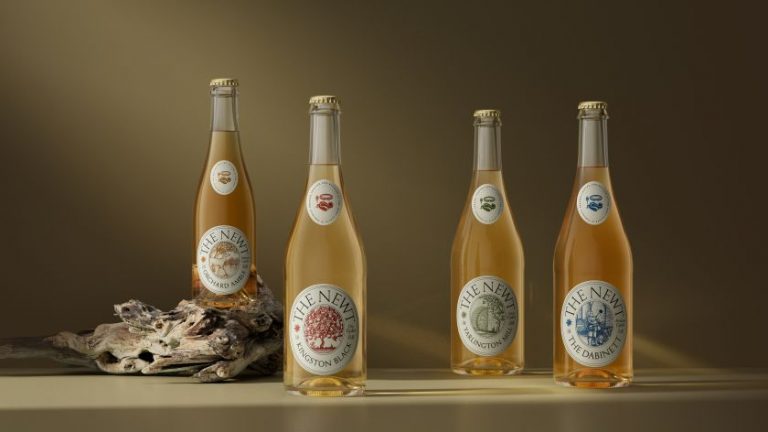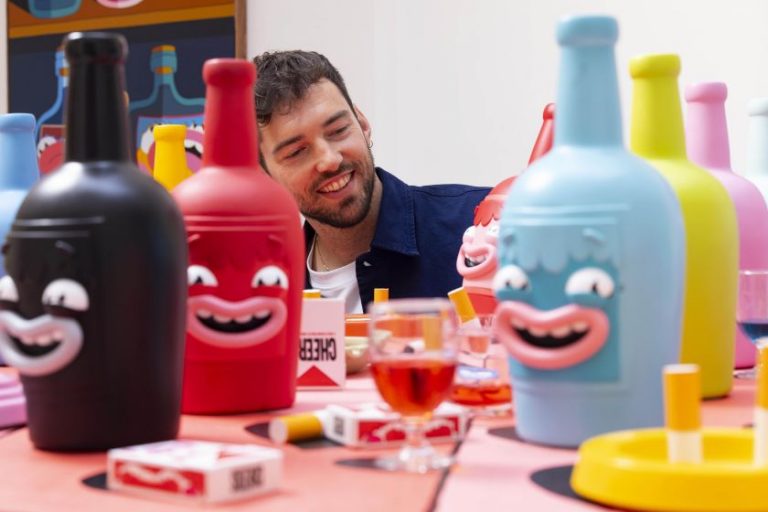Founder and creative director Erik Herrström explains how his team went about shaping authentic playlist branding for a global audience.
When Spotify decided to rebrand their Top México playlist—a go-to collection of the country’s biggest songs—the project came through the platform’s central design team, who paired Spotify Mexico with an unexpected partner: a small design studio based in Vienna, Austria, nearly 6,000 miles away.
This raises an obvious question. How can a studio outside Mexico create something that feels authentic without falling into stereotypes?
For Erik Herrström, founder and creative director at STUDIO HERRSTRÖM, the answer wasn’t chasing trends but using his studio’s own process, called THE ECHO™—a way of working that focuses on deep cultural research instead of surface-level inspiration.
With Mexican Independence Day approaching, Erik gives Creative Boom an exclusive glimpse into how the project came together.
Deep ties
Erik’s relationship with Spotify goes way back: before starting his own studio in 2020, he’d worked on the company’s brand team for four years. He’s also been a fan since day one. “I’m originally from Sweden, so I grew up when Spotify was completely new,” he explains. “I’ve been using it since the very beginning—it’s part of who I am.”
To date, STUDIO HERRSTRÖM has designed more than 30 playlist brands for Spotify around the world, working with the platform’s central design team to serve local audiences. The studio itself is small—just 11 people from eight different countries—but that mix of backgrounds has proven useful when working on international projects.
Even so, the Top México brief was a real challenge. The new branding had to capture the range of Mexican music without falling back on clichés. And this was serious stuff, because the playlist serves as an important showcase for both established and emerging artists across a rich musical landscape.
Typically, it spans multiple genres including hip-hop, indie, corridos (a traditional form of narrative ballad), reggaetón Mexa (a fusion genre blending traditional styles with the urban rhythms of reggaeton) and tropical (a range of styles heavily influenced by the Caribbean, including cumbia, salsa, merengue, and bachata).
THE ECHO™ process
The process in question has three steps: Immerse, Create, Impact. The idea is to really dig into the culture before you start designing.
“We wouldn’t just go to Pinterest and see what a Mexican music brand might look like,” Erik explains. “Instead, we used Google Street View to ‘walk’ around different parts of Mexico City and other places. We also went through subreddits and watched interviews with music experts.”
The team also listened to a vast amount of music from the playlists, making sure they were tuned in to the sound as well as the look.
“It was extremely important to us not to come across as ‘tourists’ here,” Erik says. “So we put in the hours of listening and research to really understand what we were designing for.”
Weaving tradition into design
During this research, one image stood out: the sarape de Saltillo, a traditional textile known for its bright colours and layered lines. “One of our designers started playing around with the idea of the serape’s different line thicknesses,” Erik recalls. And suddenly everything clicked.
The colourful stripes of sarape de Saltillo mirrored the variety of music on the playlist, while its layered look echoed the stacked nature of digital tracks. Even better, the design worked naturally with Spotify’s typeface, Spotify Mix, which also plays with different line weights.
Importantly, as they developed their designs, the team were able to keep the colours true to the original textile, while still ensuring the design fitted Spotify’s wider brand system and guidelines.
Launching in Mexico and beyond
The new look launched globally on Spotify, with extra promotion on Spotify Mexico’s Instagram. Uriel Waizel – who was Spotify Mexico’s lead editor during the project – was full of praise for the results.
“Despite the complexities of understanding Mexican popular culture, STUDIO HERRSTRÖM conducted research based on the brief we provided and delivered amazing work that simultaneously feels appropriate for young audiences while balancing tradition, modernity, and Spotify’s guidelines,” he enthused.
The design isn’t frozen in time, though. The company has provided comprehensive design files and toolkits, enabling the local Mexican team to continue developing the brand independently in future.
Creativity meets sustainability
For me, one of the most interesting facts about this story is that the project didn’t require expensive travel. Instead, the studio relied on digital tools to explore Mexico remotely.
“Technology lets us travel in new ways,” Erik says. “When you walk around cities in Mexico on Street View, you notice typography and details you won’t find anywhere else—it’s like being there.”
That approach saved time and money, not to mention the environmental impact of mass travel, while still uncovering authentic cultural details that might otherwise be missed. It’s a strategy that some large agencies, which can get hooked on big, expensive trips, might do well to learn from.
Beyond Mexico
The Top México project represents just one element of STUDIO HERRSTRÖM’s expanding relationship with Spotify. The studio recently completed a rebrand of Spotify’s Discover Weekly for its 10th anniversary, collaborating with multiple internal teams to refresh one of the platform’s most iconic features.
It’s clear that Spotify values the studio’s way of working—digging into culture rather than skimming its surface. As Erik puts it: “We want to create something that lasts, not just something that feels good for the moment.”
As more global brands look to connect with local audiences, this case study proves that genuine understanding—not just proximity—is still the best way to create meaningful cross-cultural design.
